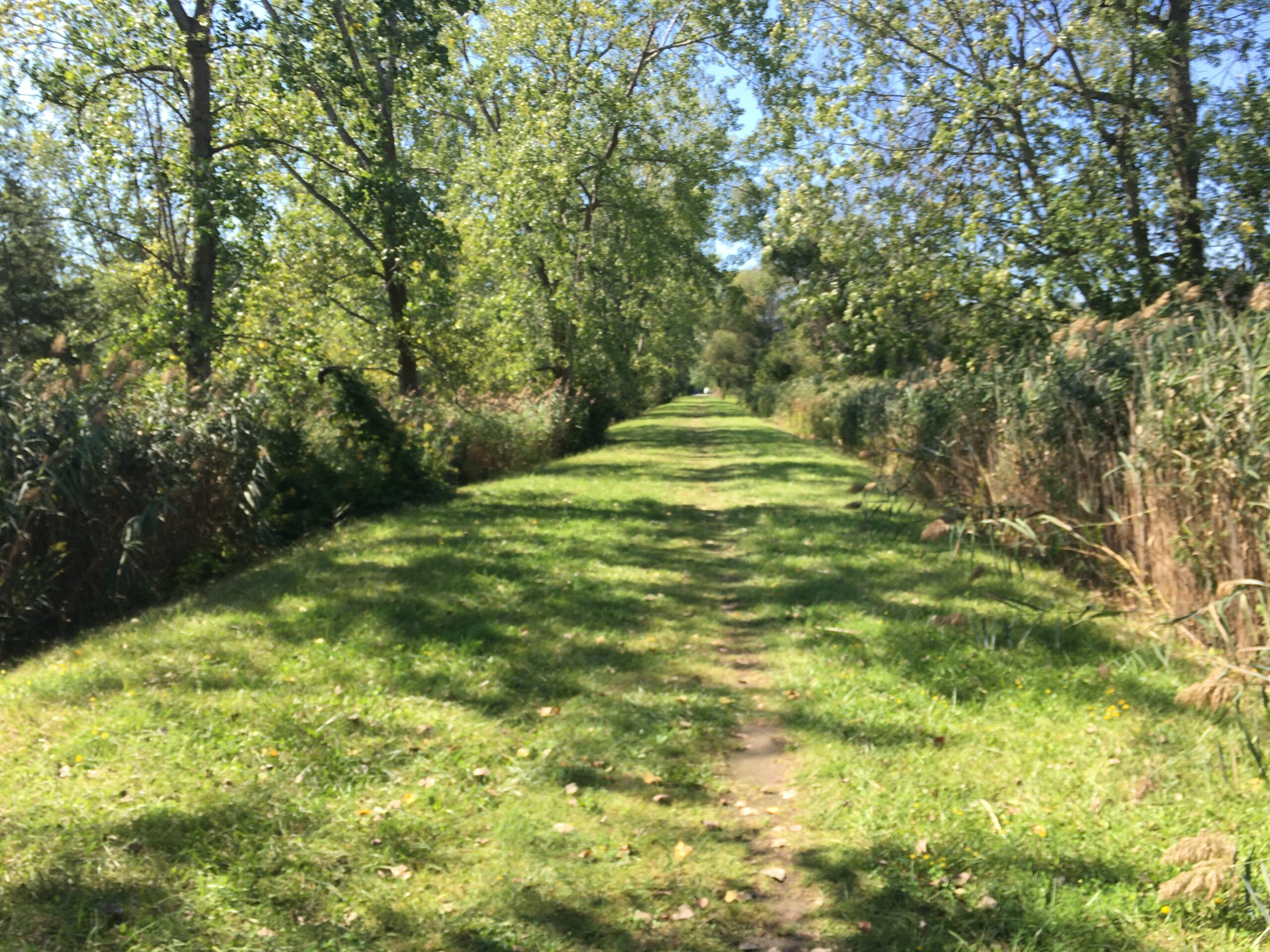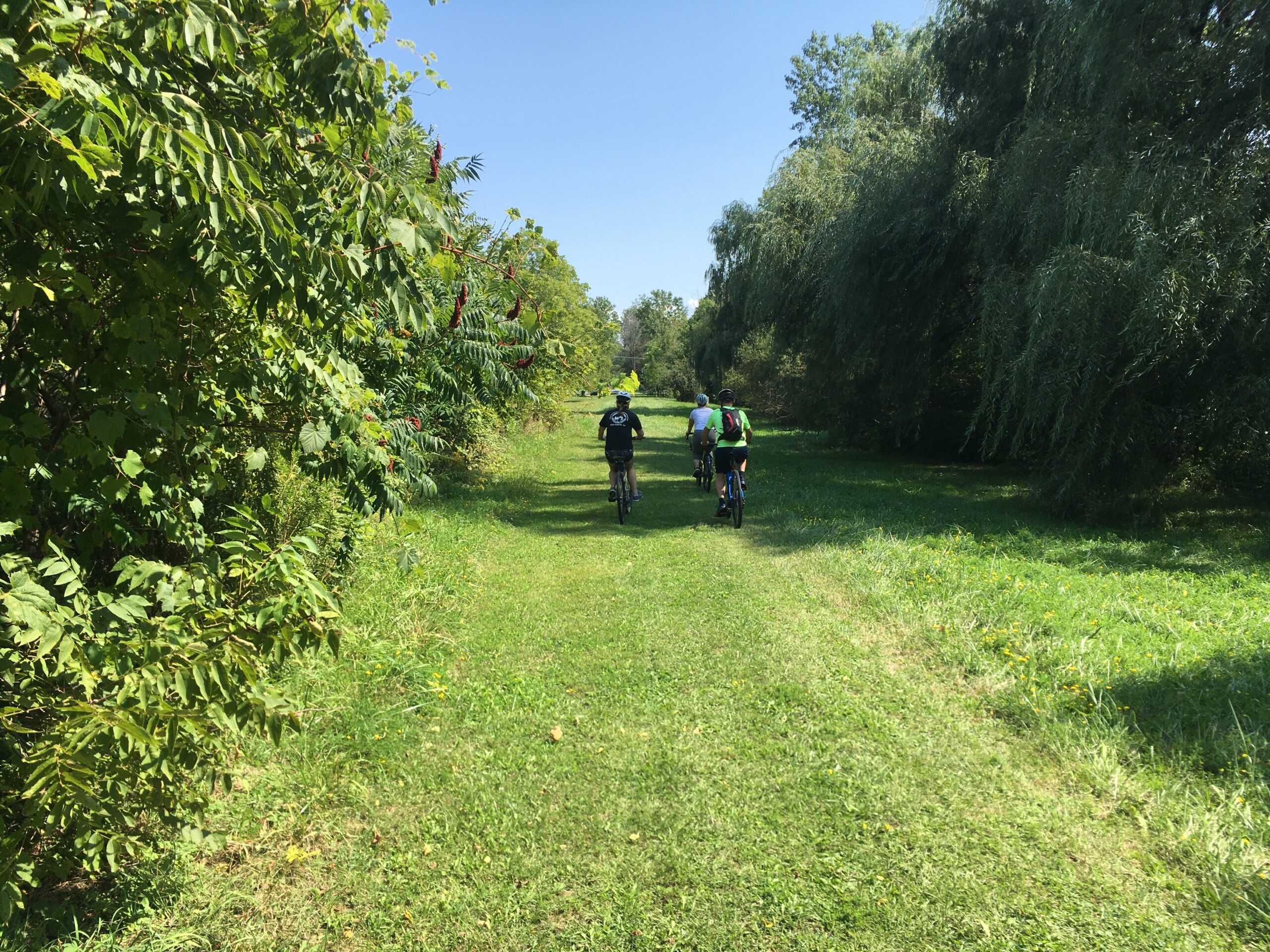Background
The Greater Buffalo Niagara Regional Transportation Council (GBNRTC) completed Bike Buffalo Niagara: Regional Bike Master Plan in 2020. Informed by a robust community engagement process, this plan identified priority corridors around the region for trail development that would increase connectivity between existing trailways and community assets and amenities.
One such corridor that was identified as a priority connection is the Peanut Line in the Town of Amherst. Formerly a railroad ROW, the corridor is now owned by the Town of Amherst and is maintained for drainage easements. A trail along this corridor would serve as a crucial east-west connection that would fill in a gap between the existing Clarence Pathway trail system to the east, and the Ellicott Creek Trailway which leads to UB North Campus to the South and the Erie Canal Trailway to the north.
In the interest of exploring the potential for a future trail connection along the corridor, GBNRTC is conducting a feasibility study for the Peanut Line in coordination with the Town of Amherst. GBNRTC then contracted GObike Buffalo to perform a feasibility study of the Peanut Line Trail, which will identify technical requirements of building a trail, address community concerns, especially related to environmental and privacy considerations, summarize community input around trail amenities and design, and outline cost estimates for final design and construction.
This feasibility study sets the foundational groundwork necessary to pursue final design and engineering funding, as well as capital funding to construct the trail. This study will offer concept-level designs and examples of path cross sections. Additionally, the study will recommend intersection treatments where the trail would cross streets in the future. The Feasibility Study can then be used to apply for future grant funding to support the community’s vision for the trail.


